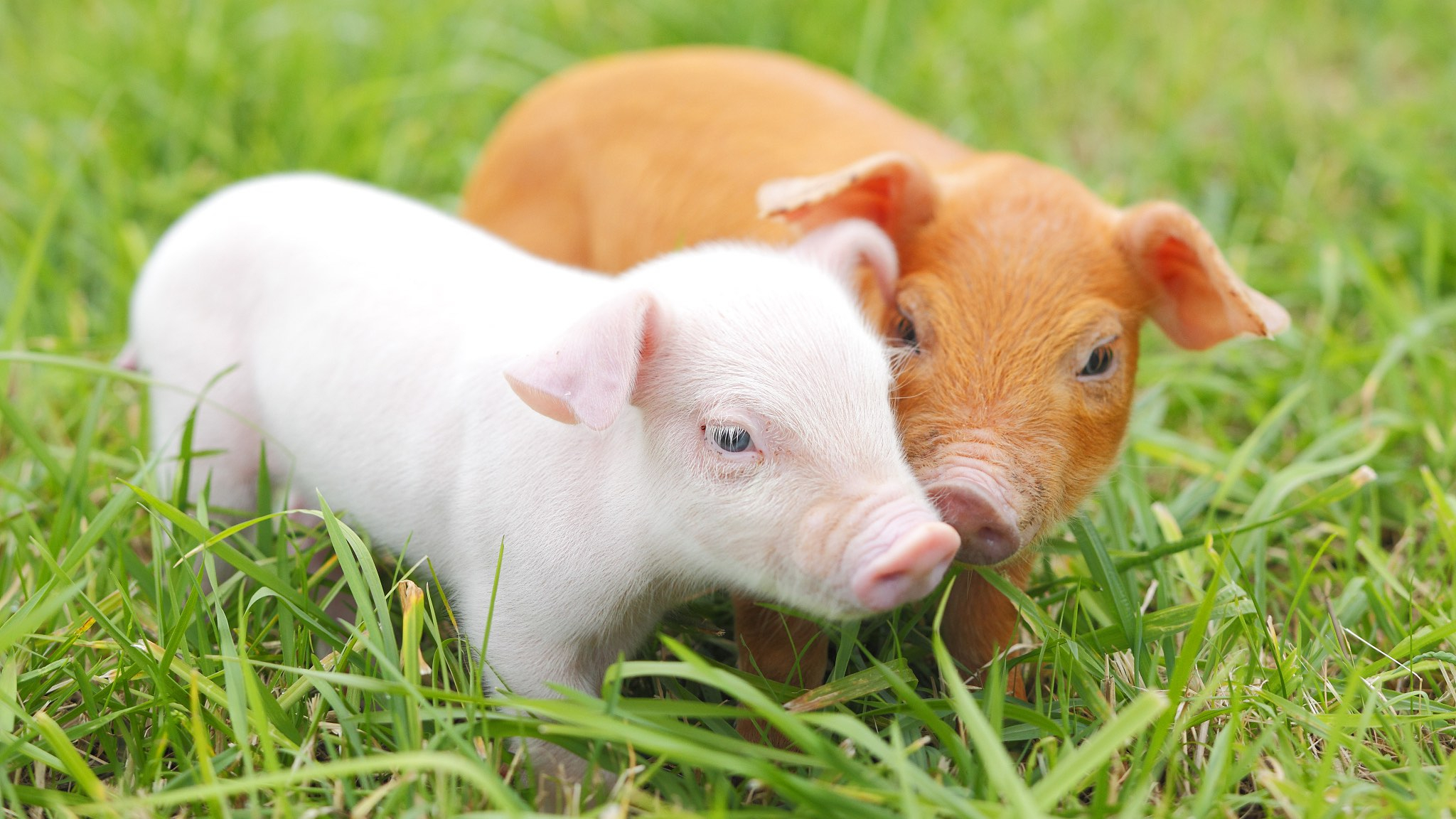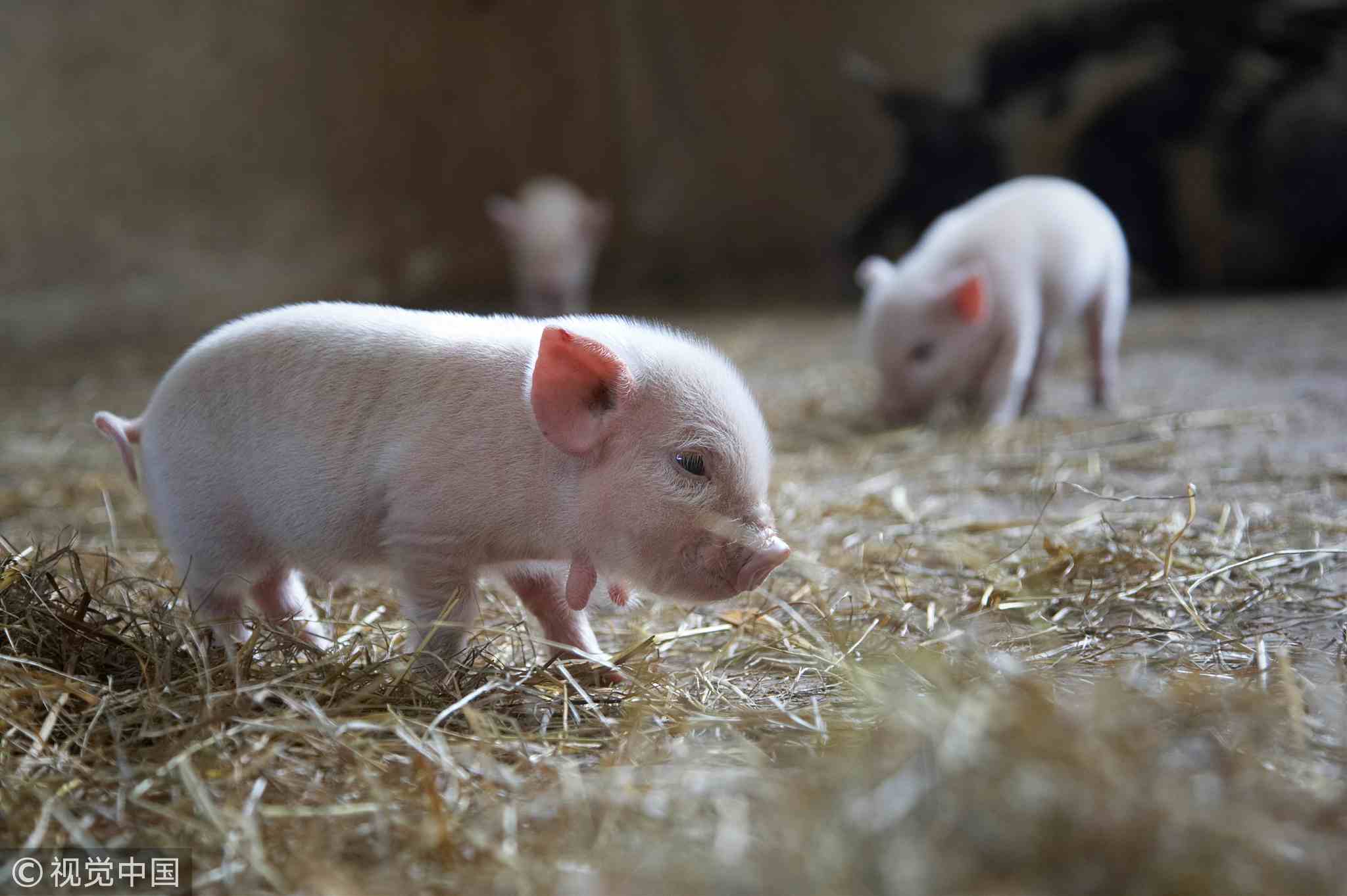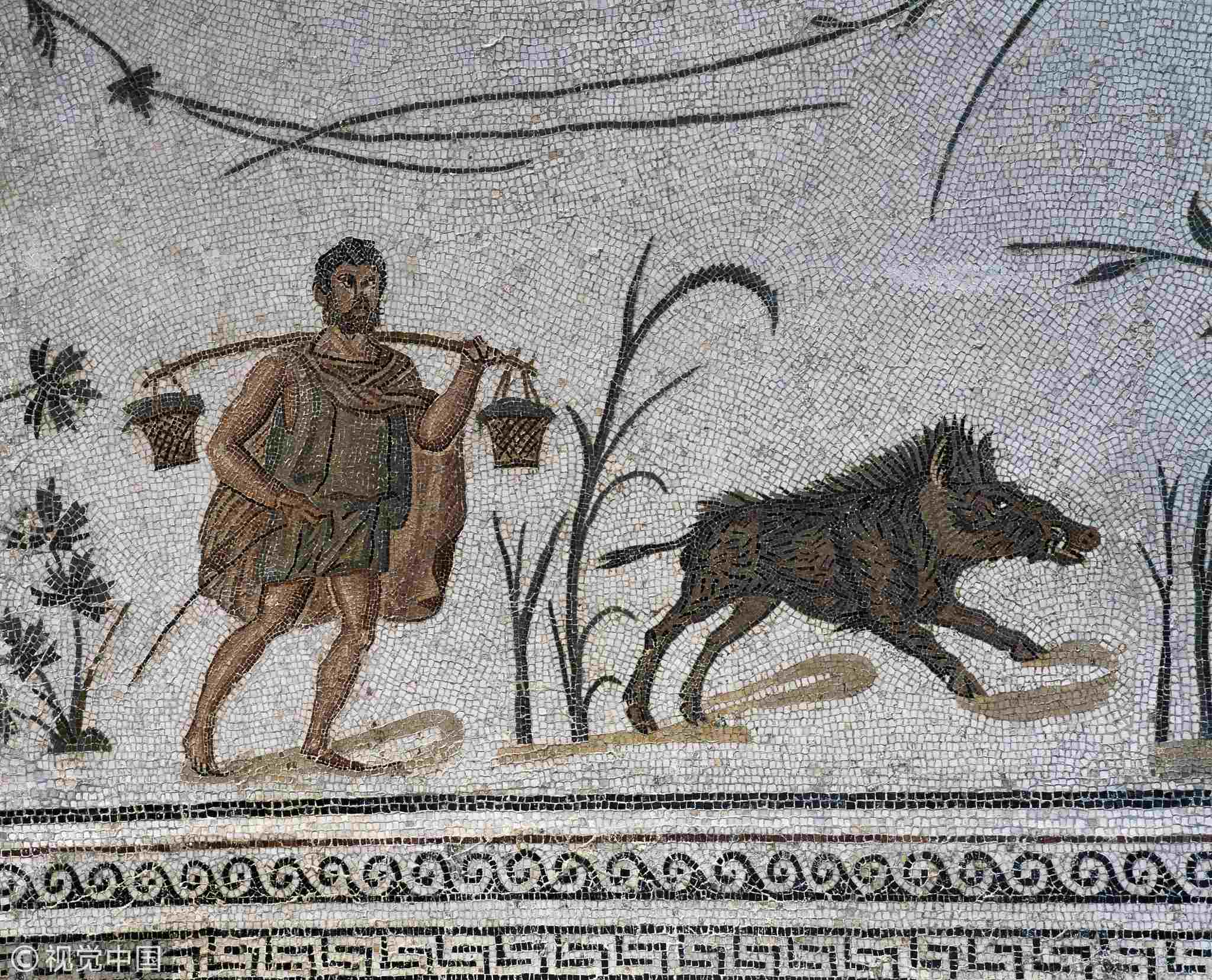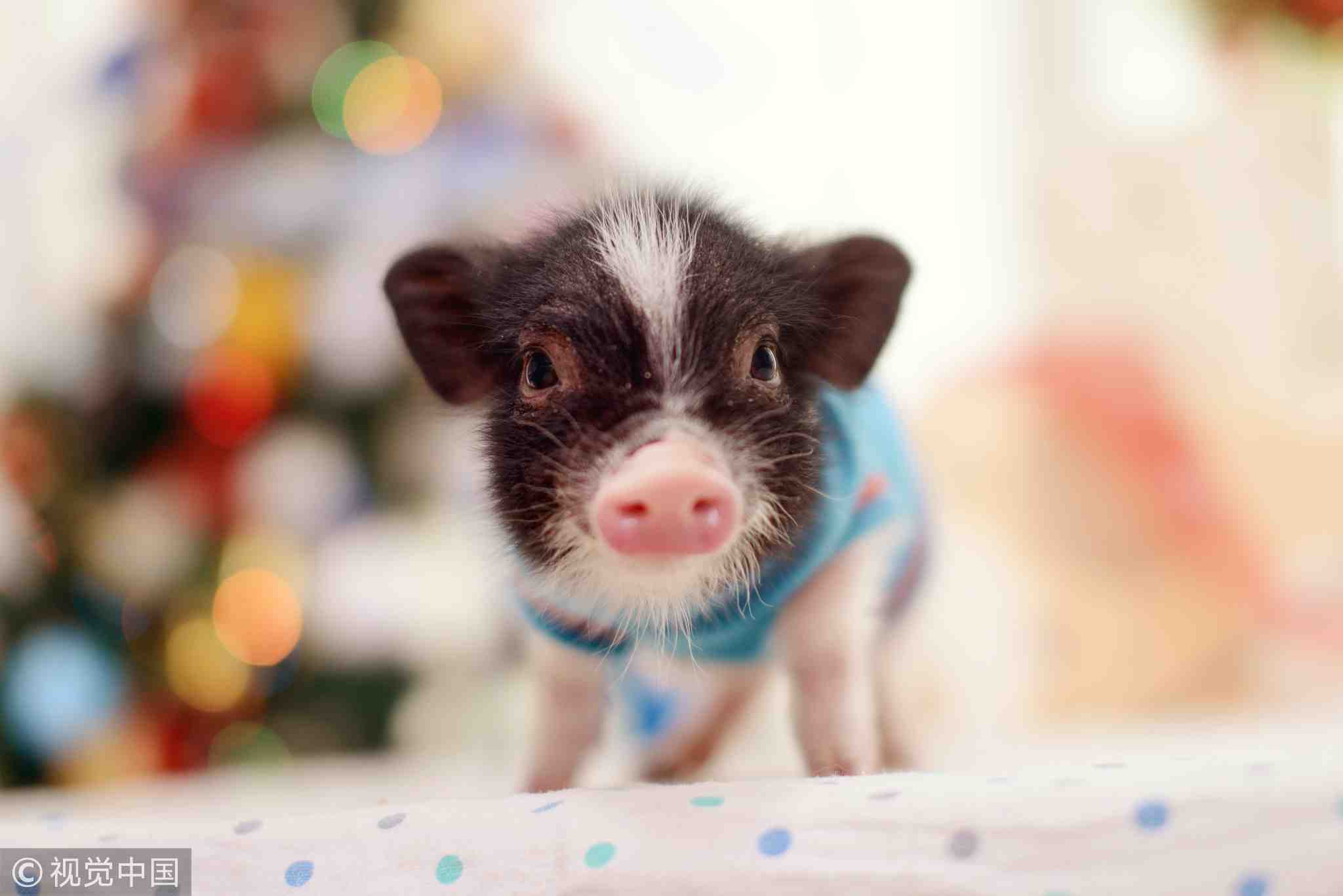
Nature
17:19, 02-Jan-2019
How pigs became domesticated in China
Updated
16:54, 05-Jan-2019
By Zhu Yingming

The animals we live with today have a wild past. Around 10,000 years ago, most humans shifted to an agrarian way of life.
Domestic animals provided their caretakers with reliable access to meat, but food was just the beginning. Other things we now take for granted – supermarkets, transportation, and living in urban centers – all stem from the beginning of agriculture and the domestication of animals.
Without domestic animals, there would be no stable food supply. No cities. No civilization. Without domestication, our society would not be possible. The number of people on the planet would be counted in the millions, instead of the billions.
But how were they tamed, or did they evolve themselves, to be domestic?

Ten days old piglets. /VCG Photo
Ten days old piglets. /VCG Photo
Take the pig, the animal of Chinese New Year 2019.
As revealed in archeological and genetic studies, modern-day Chinese pigs are directly descended from ancient pigs, which were the first to be domesticated in many areas of China 10,000 years ago. They were likely the most important species in the subsequent long history of agricultural societies across East Asia.
According to DNA testing that was carried out at the China Agricultural University and was analyzed at Durham University and Uppsala University in Sweden, wild boars were probably domesticated in many places including India and peninsular Southeast Asia several thousand years ago. It is presumed that despite the danger humans posed, tasty food scraps and crops probably tempted some boars to come in close, before they were captured and domesticated eventually.

Boar and farmer carrying two baskets, detail of Triumph of Neptune, mosaic uncovered in La Chebba, Tunisia. /VCG Photo
Boar and farmer carrying two baskets, detail of Triumph of Neptune, mosaic uncovered in La Chebba, Tunisia. /VCG Photo
Over the past decade, some areas in China have been suggested as regions from which the wild boar have contributed to the domestic pig gene pool and which may have represented independent centers for pig domestication.
Zoo-archeological studies on pig remains from the Early Neolithic assemblages in China back this idea of multiregional pig domestication in East Asia.
By analyzing mitochondrial DNA sequences of an extensive sample set spanning 10,000 years, we find that the earliest pigs from the middle Yellow River region already carried the maternal lineages that are dominant in both younger archaeological populations and modern Chinese pigs.
The earliest pig remains from this region revealed the haplotypes that represent the dominant maternal lineages in modern Chinese pigs, supporting the hypothesis that the middle Yellow River basin indeed was one of the earliest centers for pig domestication from where domestic pigs spread to other regions in China.

A pet pig. /VCG Photo
A pet pig. /VCG Photo
Other than providing a source of meat, pigs also keep man company as pets. Vietnamese pot-bellied pigs have made popular pets in the United States in the latter half of the twentieth century. They were soon crossbred for some much smaller miniature pigs.
That came with the mini-pig problem. To keep the animals' size down, many breeders have been inbreeding and underfeeding their pigs, telling buyers that piglets are actually adults. Growing so fast in many cases, however, most of these animals end up in overburdened shelters or are euthanized once they outgrow their habitats.
Domestic pigs are highly intelligent, social creatures. They are considered hypoallergenic, and are known to do quite well with people who have usual animal allergies. Since these animals are known to have a life expectancy of 15 to 20 years, they require long-term commitment.

SITEMAP
Copyright © 2018 CGTN. Beijing ICP prepared NO.16065310-3
Copyright © 2018 CGTN. Beijing ICP prepared NO.16065310-3